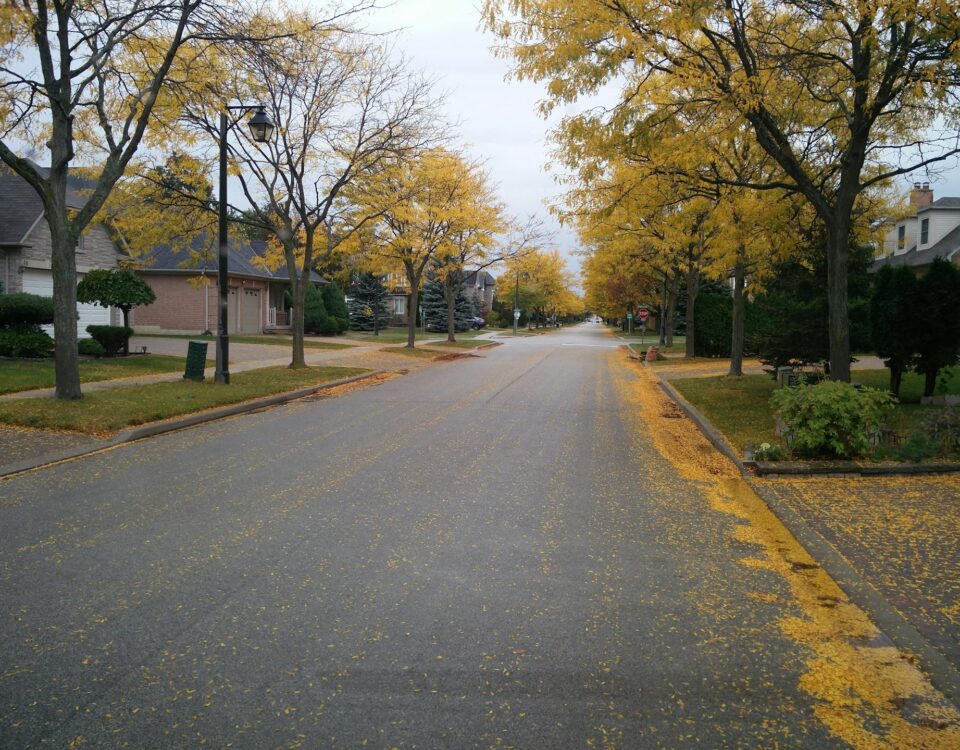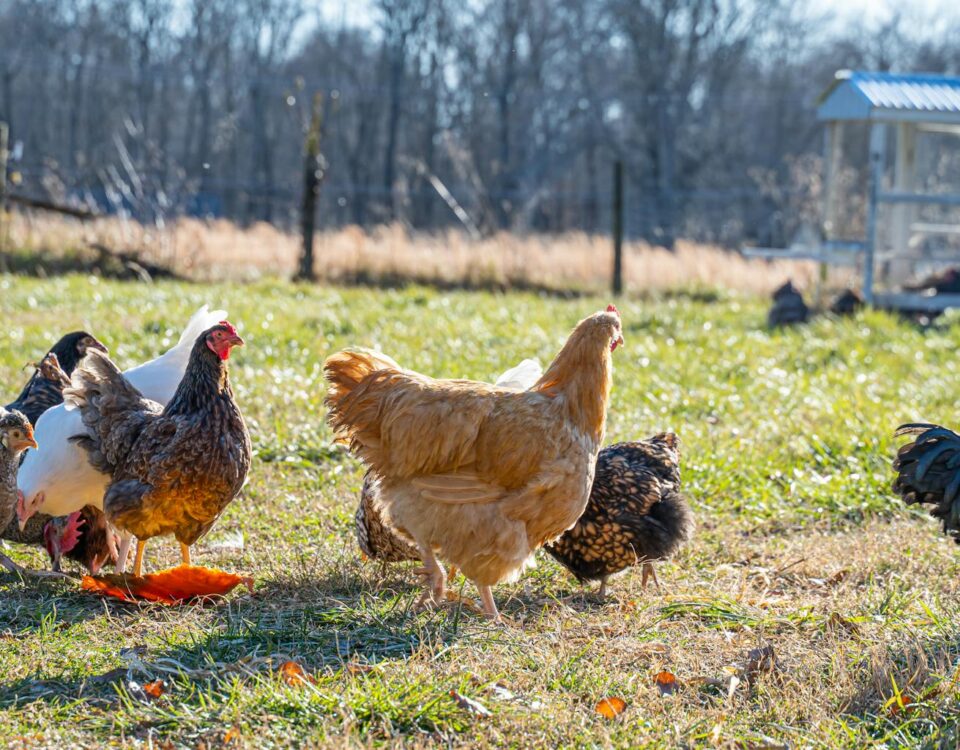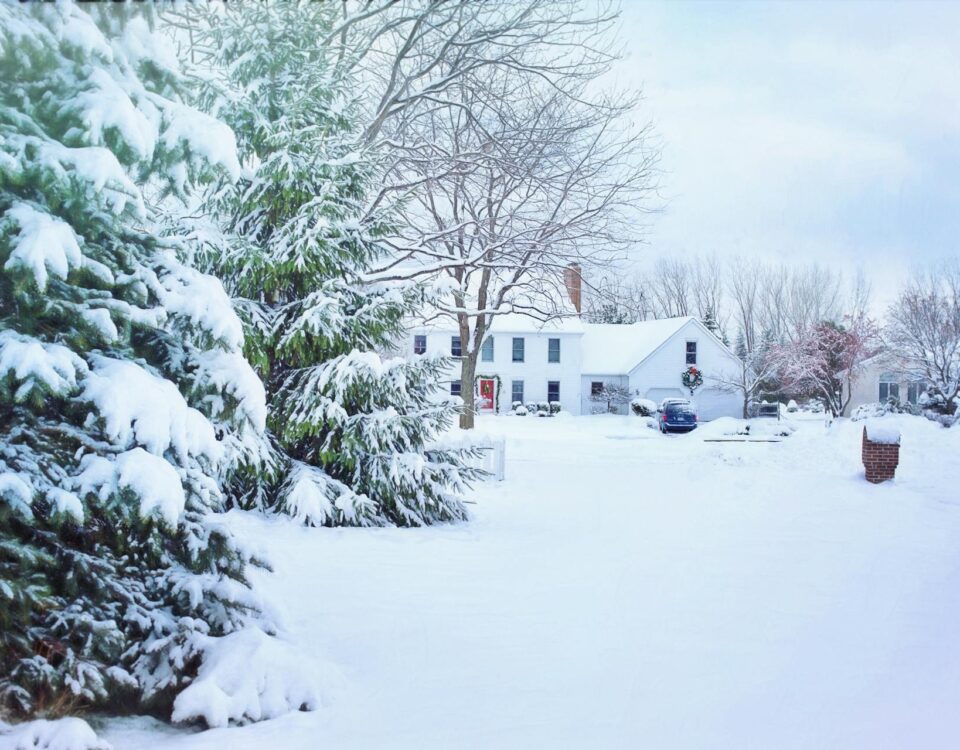
Great Pumpkin Keeping Secrets
September 6, 2022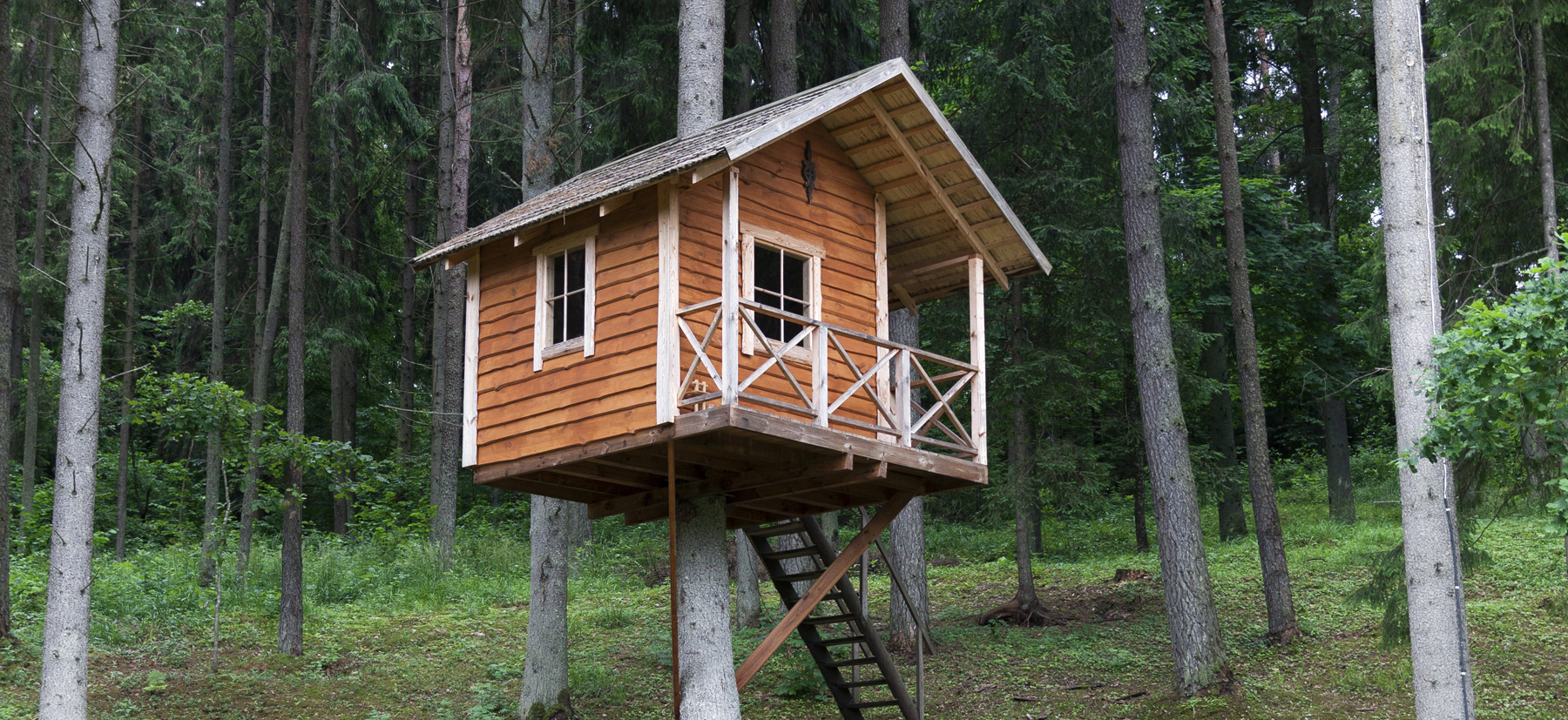
Treehouses Are a Memory Making Gift
November 10, 2022Winter Is Coming-Time to Prepare Your Shed
The seasons are changing, the weather is cooling, and now is the time to make sure your shed or outdoor building is ready for winter. Winter and cooler months bring with them rain, snow, and a lot of moisture that can cause condensation in your outdoor building. Having a well-ventilated shed is a must to keep your shed in good condition.
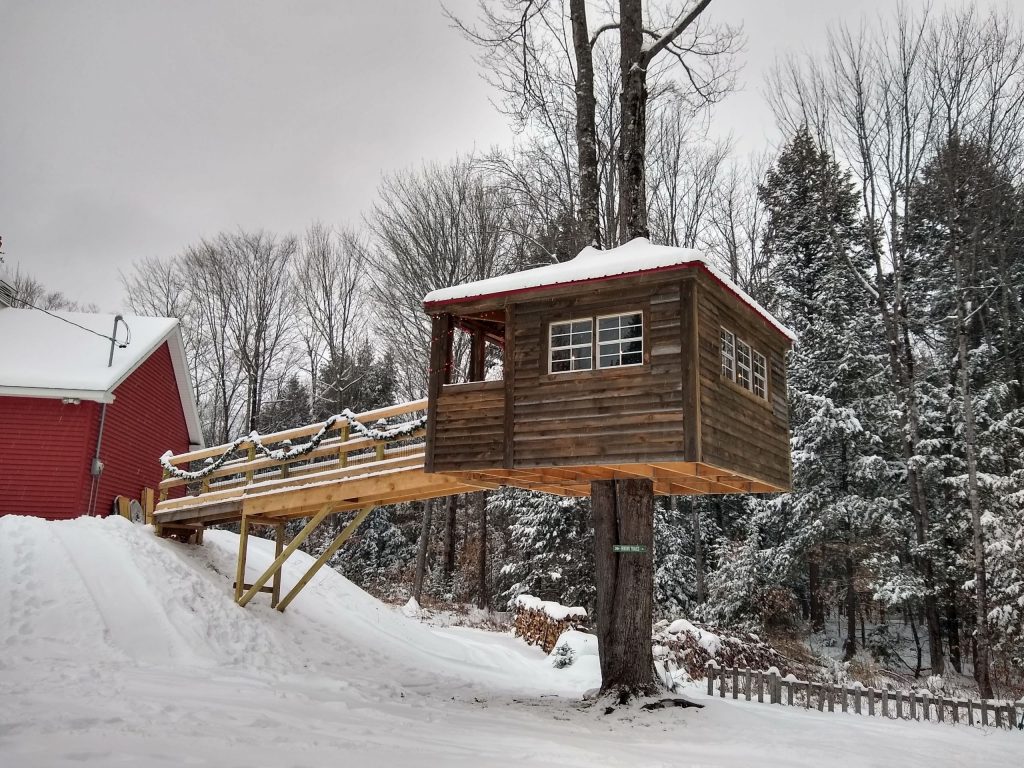
Have you noticed condensation collecting on the ceiling of your shed or outdoor building? This is not a good sign, but it is fixable! The buildup of moisture can happen in any type of shed or outbuilding; from garden sheds to commercial outdoor buildings. Condensation occurs when the outside temperature is colder than the indoor temperature of the building. When water vapor meets the cold surface, it collects into water droplets.
Moisture Is Bad for Sheds & Outdoor Buildings
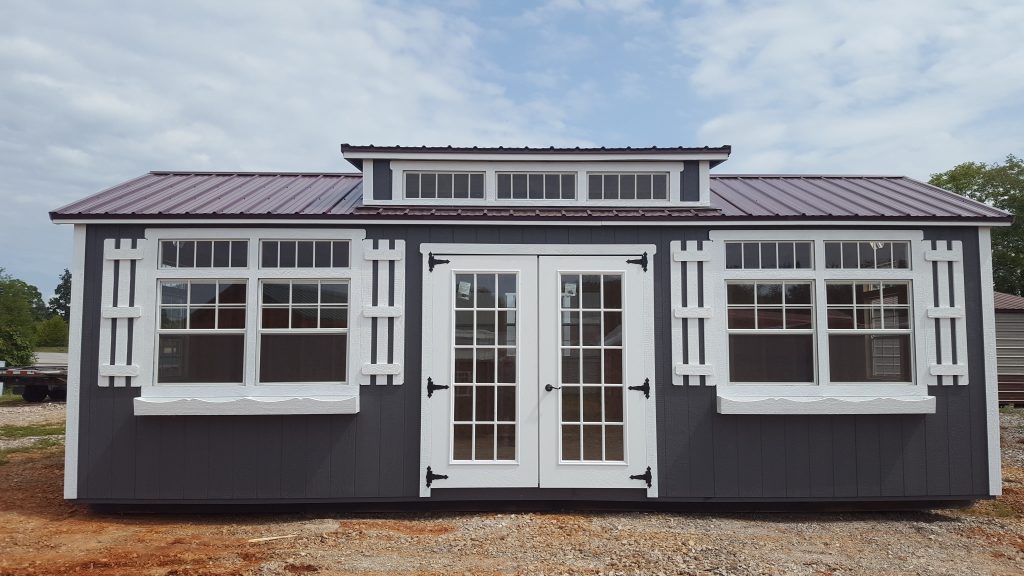
Moisture on the inside of any building can cause a myriad of issues. Better to be prepared and head off moisture inside your shed as a preventative measure from the get-go. Moisture can lead to costly damage to tools and materials, including the materials that have built the shed. Also, excess moisture is the main cause of mold and mildew problems that cause an unhealthy environment inside your shed or outdoor building.
1. Build Your Shed or Outdoor Building Right
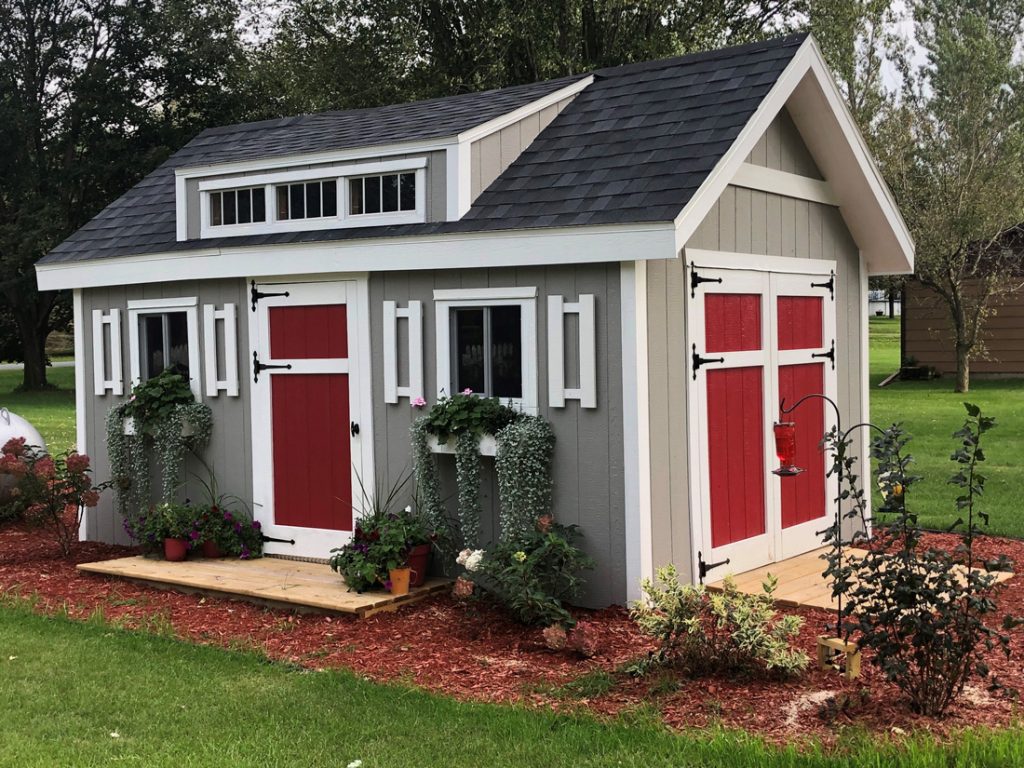
Moisture prevention starts with a good foundation and quality materials. If you are thinking of building a shed or outdoor building it’s important to build it right and not cut corners for building costs, which usually cost you more in the end because of problems. A badly built shed can create moisture problems from the start.
2. Insulate Your Shed or Outdoor Building
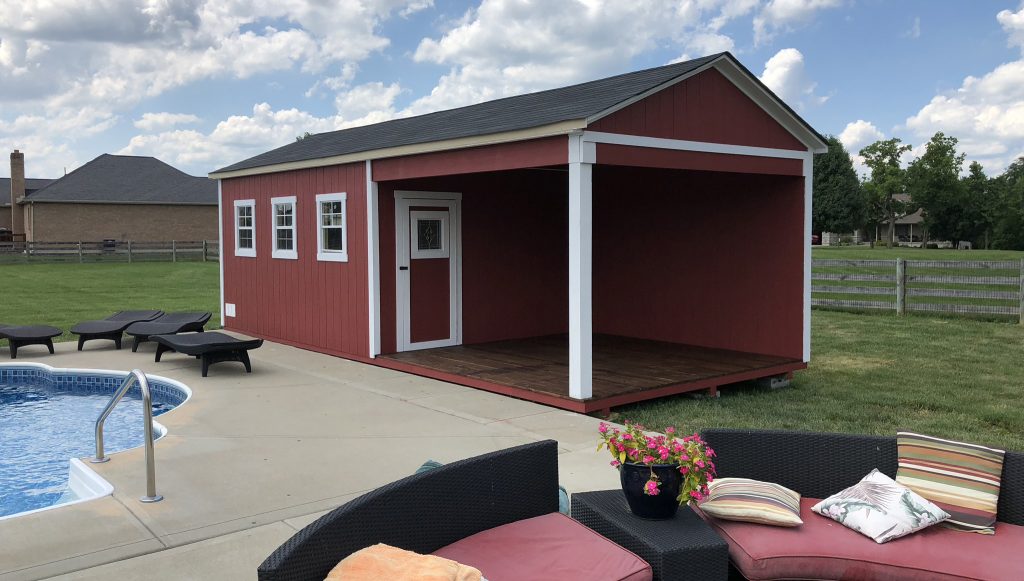
Depending on where you live and what type of outdoor building you are building will determine what type of insulation and insulation value you will want to use. Insulation helps your shed or outdoor building be more energy efficient by reducing heat gain and heat loss. Properly insulating your shed also raises the surface temperature which helps prevent condensation and moisture buildup in your shed or outdoor building. If you live in a temperate climate R-19 might be just fine for walls, floors, and ceilings. If you live in a 4-season climate with drastic changes in temperature due to snow, you will probably want to upgrade your insulation level to R-30 to R-60 for walls and ceiling and R25 to R30 for your floors.
3. Ventilate Your Shed or Outdoor Building
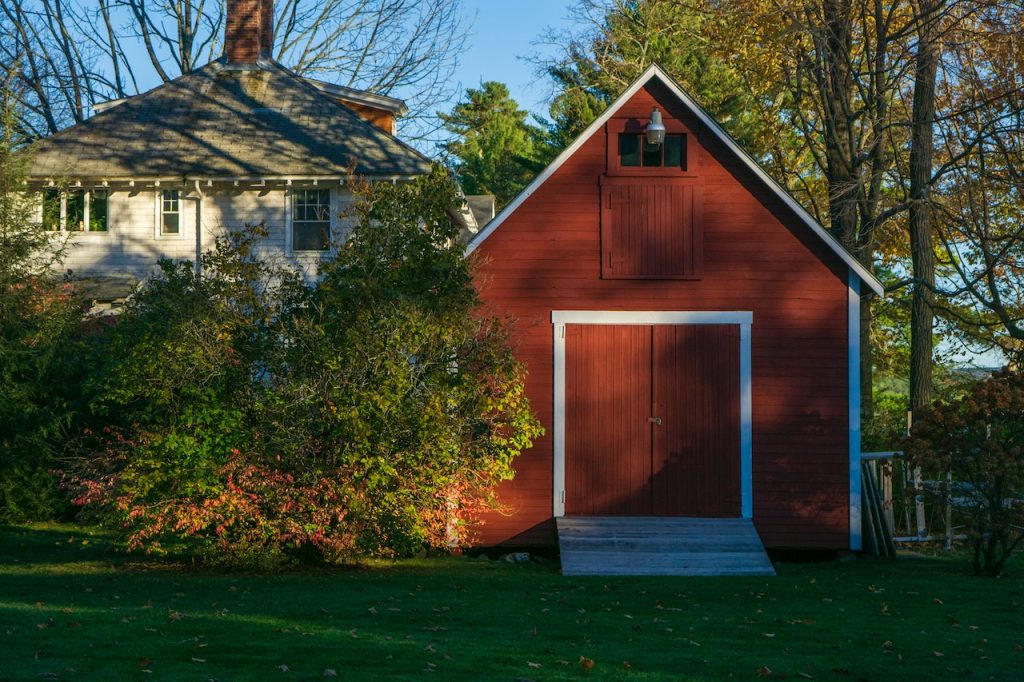
Building your shed or outdoor building so there is adequate air circulation is most important for preventing moisture build-up and condensation. You can improve your shed’s ventilation by installing double-pane windows and vents, which help to move air in your building. Attic fans are also good as a way of preventing moisture buildup and condensation, which even the smallest outdoor building can benefit from.
4. Seal Up Leaks in Your Shed or Outdoor Building
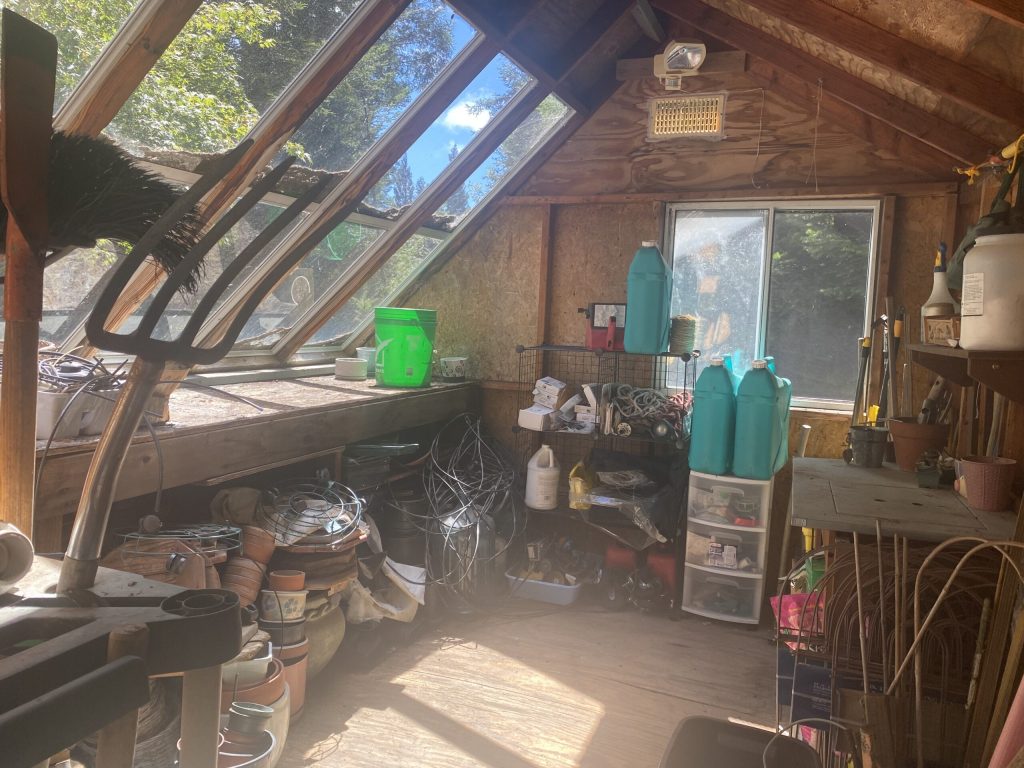
Anywhere there is a gap or leak in your shed or outdoor building gives the potential for moisture to build up and for small creatures to have entered your shed. Potential areas for leaks are roof joints, anywhere there are water pipes are where your shed foundation meets the walls. Plumber’s foam does a good job of sealing up small spaces and making them more critter-proof and also seals up leaks so moisture cannot enter your shed or outdoor building.
5. Create Air Flow in Your Shed
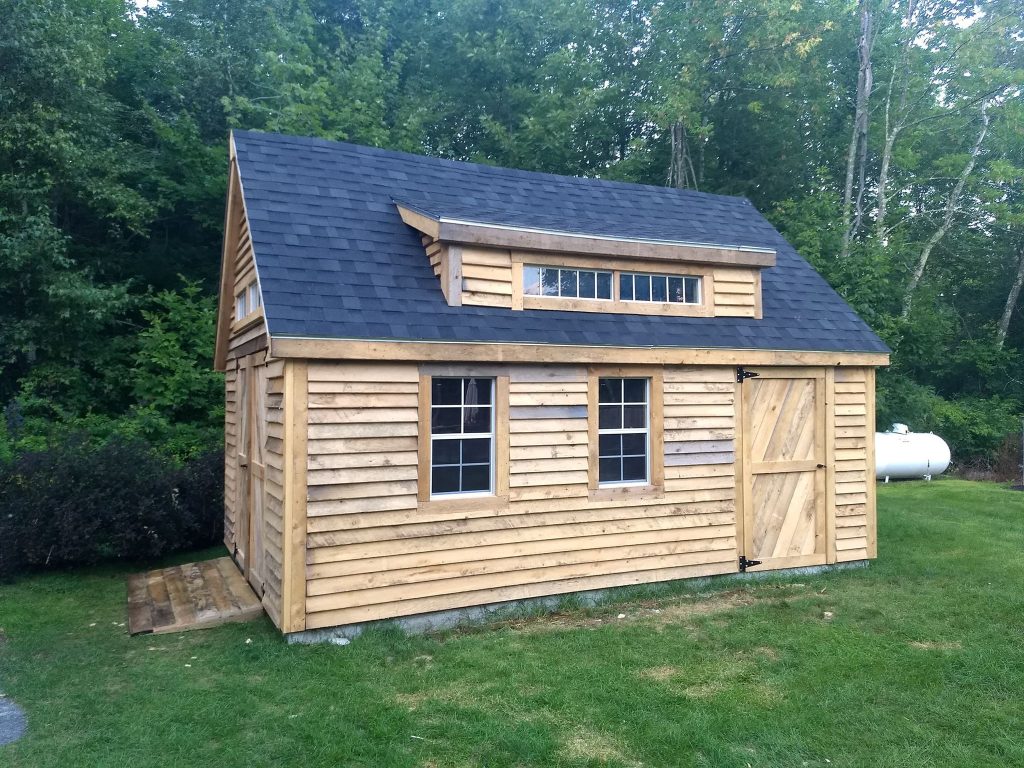
Try not to cram your outdoor building so tightly that there isn’t airflow within the building. Try to leave space between objects so air can flow around them. Tightly crammed sheds are setups for moisture and mold problems. Using open shelving on walls and or ceilings allows for good airflow in your shed, which can reduce the chance of moisture buildup and mold challenges. Using good organizational systems within your shed or outdoor building also makes them more useful and easier to maintain.
6. Slab Foundation Try Using a Concrete Vapor Barrier
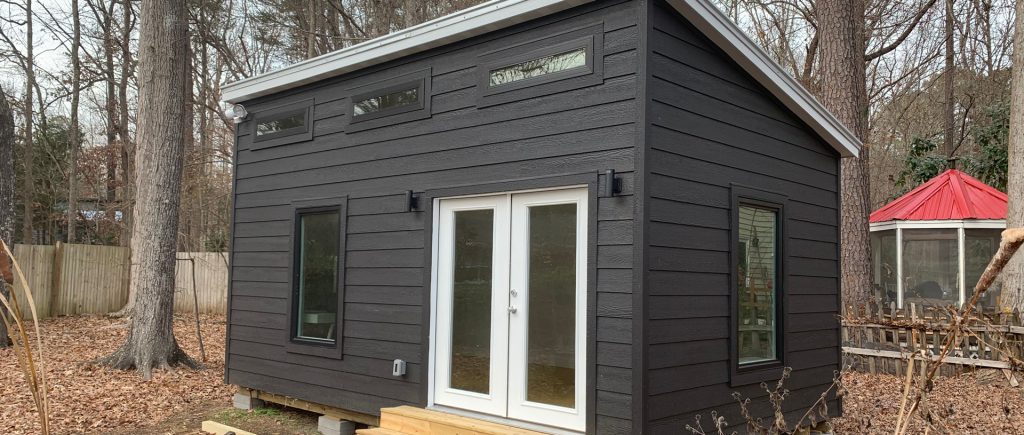
If you have built your shed or outdoor building on piers and posts, you will just want to insulate under the foundation. Many people use a slab foundation for a shed and in that case, it is good to use a vapor barrier underneath the concrete base of the shed. A vapor barrier acts as a barrier between the soil, foundation, and your shed to prevent moisture from creeping through to the concrete slab and your outdoor building.
7. Invest in Small Dehumidifiers for Your Shed
Space is usually an issue in sheds and small outdoor buildings such as office sheds and guest sheds. We had a sailboat for years and used small marine dehumidifiers on our boat and they work so well in small spaces while taking care of excess moisture on an ongoing basis. They are inexpensive and can be bought at any boating supply store or online. Marine dehumidifiers can keep moisture away from 1000 square feet with one 12-inch round unit.
Shed windows and More has a great selection of double-pane windows and shed doors that will keep your shed or outdoor building weather tight and moisture-free. Be sure to take a look at our selection of double-pane windows and shed doors for either replacement on your current shed or when building your next outdoor building. Preparing for colder months when it comes to your outdoor buildings is good insurance for keeping your outdoor shed in great shape for years to come.

